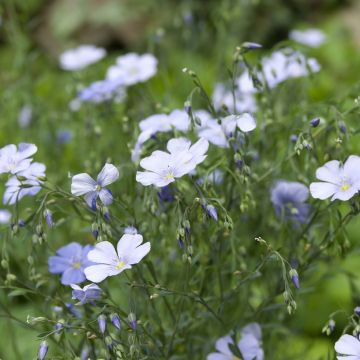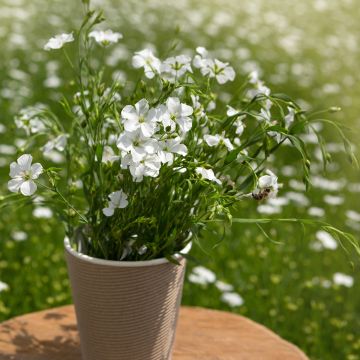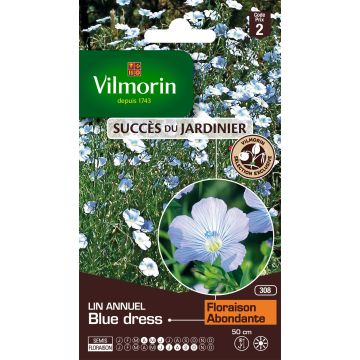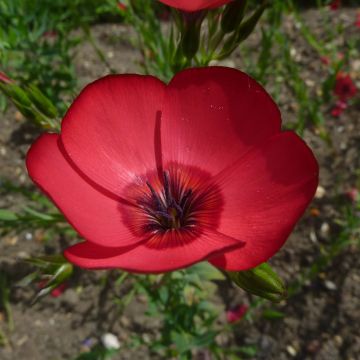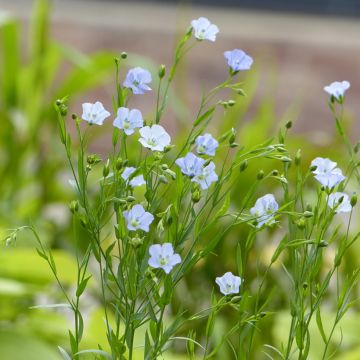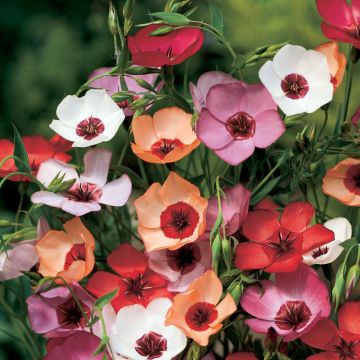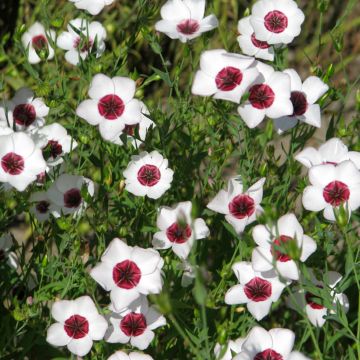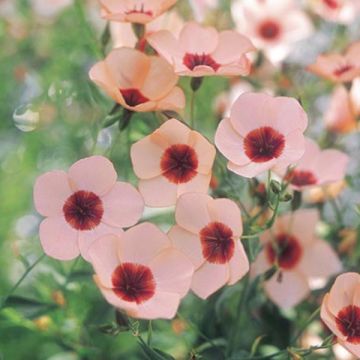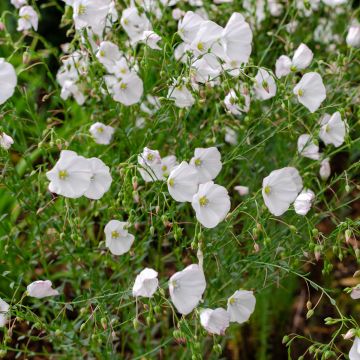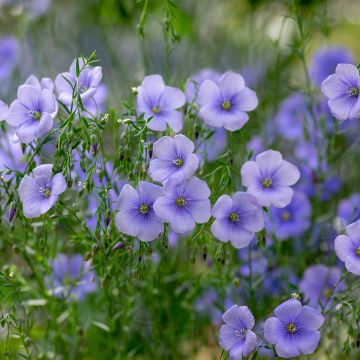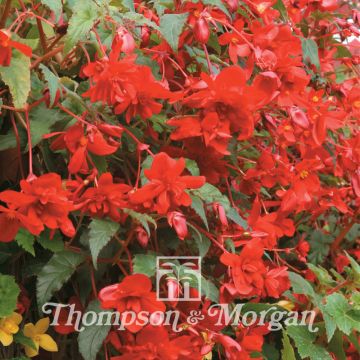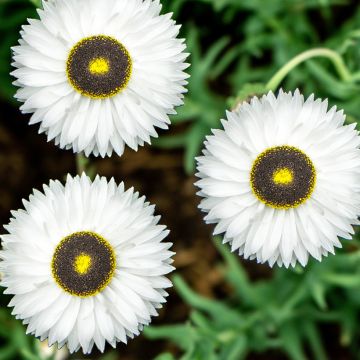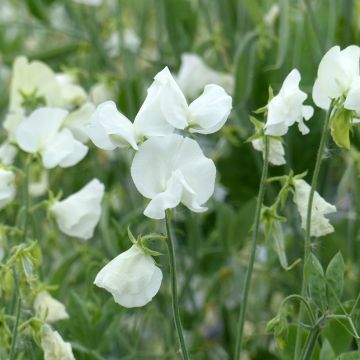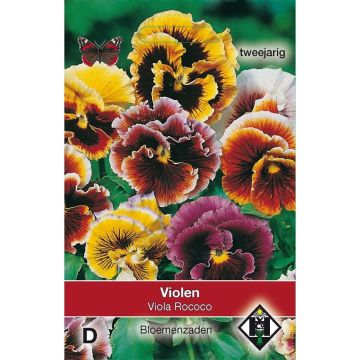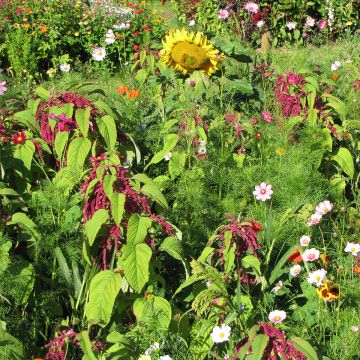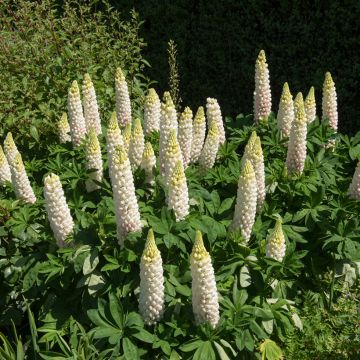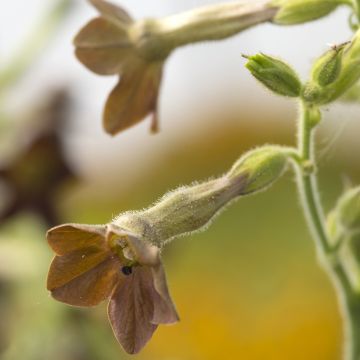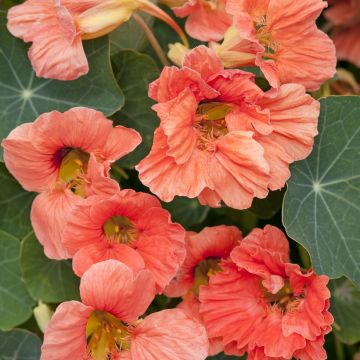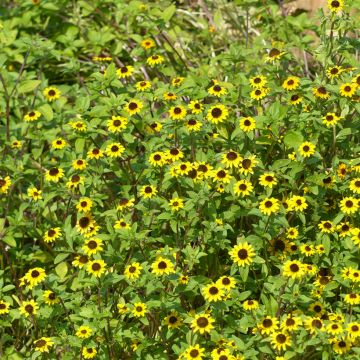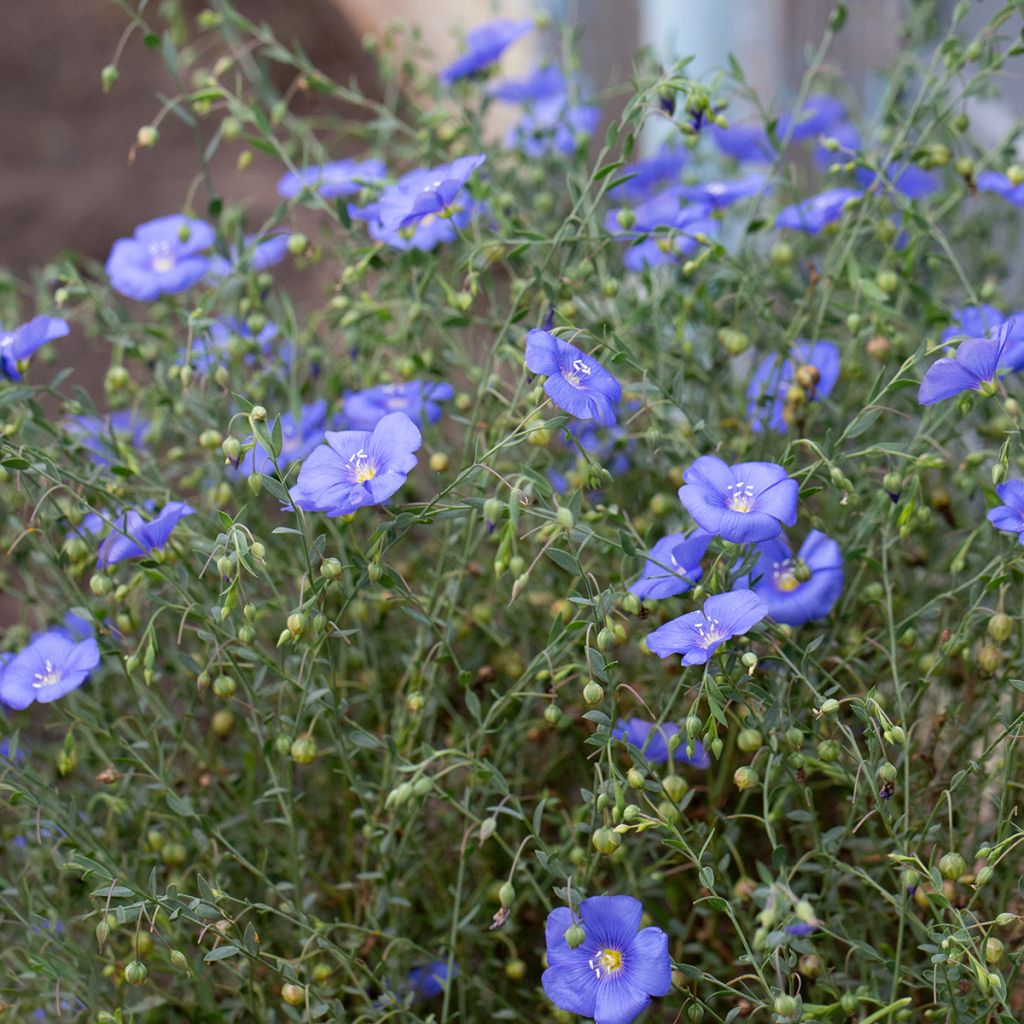

Linum perenne Blau Saphir - seeds
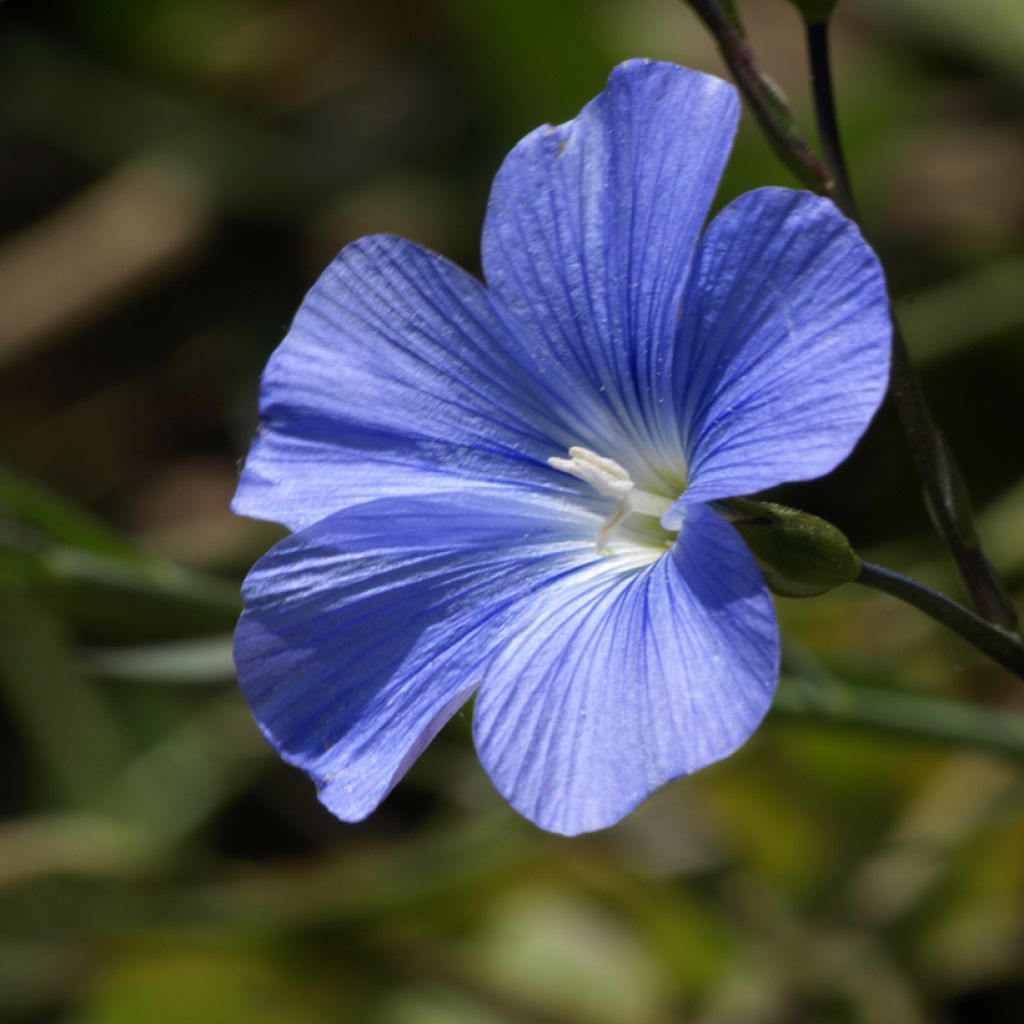

Linum perenne Blau Saphir - seeds
Linum perenne Blau Saphir - seeds
Linum perenne Saphir bleu
Perennial Flax, Blue Flax
This item cannot be shipped to the selected country
Dispatch by letter from €3.90
More information
Schedule delivery date,
and select date in basket
This plant carries a 6 months recovery warranty
More information
We guarantee the quality of our plants for a full growing cycle, and will replace at our expense any plant that fails to recover under normal climatic and planting conditions.
Seed-only orders are dispatched by sealed envelope. The delivery charge for seed-only orders is €3.90.
Does this plant fit my garden?
Set up your Plantfit profile →
Description
Linum perenne 'Blau Saphir' is a small selection of perennial flax, just as graceful and floriferous as the wild form. It forms a small, airy clump with countless ephemeral, beautiful sky blue flowers. They renew themselves for two to three months, offering a constantly renewed and swirling sight. Perennial flax thrives in the sun, in light, rocky and even dry soils. Sow it directly in sunny flower beds in spring.
Blue perennial flax (Linum perenne) is native to Siberia, Europe, and temperate Asia, belonging to the linaceae family. 'Sapphire' is a dwarf form of this species. It is a small, hardy perennial plant with a short lifespan but rapid growth. It forms a cluster of delicate stems adorned with glaucous, evergreen foliage, composed of very fine leaves. When in bloom, 'Sapphire' flax forms small bushy clumps about 30 cm in all directions. The flowering period extends from June-July to September, in the form of clusters of five-petaled, pale blue, satiny flowers, veined with darker blue. This plant is often grown as a biennial and self-seeds abundantly in light, sandy, or rocky soil.
Flax is unrivalled, along with love-in-a-mist, for lightening up flower beds and adding a touch of natural beauty to sophisticated scenes. They suffer from somewhat precarious health, which often makes them disappear after a few years, but they naturalise easily. Sow perennial flax generously in rock gardens, meadows, borders, flower beds, or light soil. When sown among German irises, perennial flax lightens the sword-shaped foliage, fills the space between the stems, and takes over once their flowering is finished. It also performs well in pots. Its elegance pairs well with perennials with grey foliage.
Report an error about the product description
Linum perenne Blau Saphir - seeds in pictures


Flowering
Foliage
Plant habit
Botanical data
Linum
perenne
Saphir bleu
Linaceae
Perennial Flax, Blue Flax
Cultivar or hybrid
Other Common Flax seeds
Planting and care
Sow the flax seeds outdoors where they are to flower in March-April. Choose a sunny location on well-drained, properly prepared and loosened soil. Sow the seeds finely, at a depth of 3 mm, with a spacing of 30 cm between furrows. Water regularly, especially during dry periods. Germination usually takes about twenty days. When the plants are large enough to handle, transplant them 15 cm apart.
Another option is to sow indoors from August to September for flowering in early summer the following year. Sow the flax on the surface of good quality compost at a temperature of 18-23°C, and cover with a pinch of very fine compost or vermiculite. Keep the sowing in the light, as this facilitates germination. When the seedlings are large enough to be moved, transplant and grow on a frost-free place until the young plants are large enough to be moved outdoors. You can keep these plants in a frost-free room before planting them in the ground or pots the following spring.
Flax plants thrive in light, well-drained, even poor soil, in full sun. They can even grow in compacted or very clayey soil. For a beautiful mass effect, plant in groups of at least ten plants.
Sowing period
Intended location
This item has not been reviewed yet - be the first to leave a review about it.
Flower seeds
Haven't found what you were looking for?
Hardiness is the lowest winter temperature a plant can endure without suffering serious damage or even dying. However, hardiness is affected by location (a sheltered area, such as a patio), protection (winter cover) and soil type (hardiness is improved by well-drained soil).

Photo Sharing Terms & Conditions
In order to encourage gardeners to interact and share their experiences, Promesse de fleurs offers various media enabling content to be uploaded onto its Site - in particular via the ‘Photo sharing’ module.
The User agrees to refrain from:
- Posting any content that is illegal, prejudicial, insulting, racist, inciteful to hatred, revisionist, contrary to public decency, that infringes on privacy or on the privacy rights of third parties, in particular the publicity rights of persons and goods, intellectual property rights, or the right to privacy.
- Submitting content on behalf of a third party;
- Impersonate the identity of a third party and/or publish any personal information about a third party;
In general, the User undertakes to refrain from any unethical behaviour.
All Content (in particular text, comments, files, images, photos, videos, creative works, etc.), which may be subject to property or intellectual property rights, image or other private rights, shall remain the property of the User, subject to the limited rights granted by the terms of the licence granted by Promesse de fleurs as stated below. Users are at liberty to publish or not to publish such Content on the Site, notably via the ‘Photo Sharing’ facility, and accept that this Content shall be made public and freely accessible, notably on the Internet.
Users further acknowledge, undertake to have ,and guarantee that they hold all necessary rights and permissions to publish such material on the Site, in particular with regard to the legislation in force pertaining to any privacy, property, intellectual property, image, or contractual rights, or rights of any other nature. By publishing such Content on the Site, Users acknowledge accepting full liability as publishers of the Content within the meaning of the law, and grant Promesse de fleurs, free of charge, an inclusive, worldwide licence for the said Content for the entire duration of its publication, including all reproduction, representation, up/downloading, displaying, performing, transmission, and storage rights.
Users also grant permission for their name to be linked to the Content and accept that this link may not always be made available.
By engaging in posting material, Users consent to their Content becoming automatically accessible on the Internet, in particular on other sites and/or blogs and/or web pages of the Promesse de fleurs site, including in particular social pages and the Promesse de fleurs catalogue.
Users may secure the removal of entrusted content free of charge by issuing a simple request via our contact form.
The flowering period indicated on our website applies to countries and regions located in USDA zone 8 (France, the United Kingdom, Ireland, the Netherlands, etc.)
It will vary according to where you live:
- In zones 9 to 10 (Italy, Spain, Greece, etc.), flowering will occur about 2 to 4 weeks earlier.
- In zones 6 to 7 (Germany, Poland, Slovenia, and lower mountainous regions), flowering will be delayed by 2 to 3 weeks.
- In zone 5 (Central Europe, Scandinavia), blooming will be delayed by 3 to 5 weeks.
In temperate climates, pruning of spring-flowering shrubs (forsythia, spireas, etc.) should be done just after flowering.
Pruning of summer-flowering shrubs (Indian Lilac, Perovskia, etc.) can be done in winter or spring.
In cold regions as well as with frost-sensitive plants, avoid pruning too early when severe frosts may still occur.
The planting period indicated on our website applies to countries and regions located in USDA zone 8 (France, United Kingdom, Ireland, Netherlands).
It will vary according to where you live:
- In Mediterranean zones (Marseille, Madrid, Milan, etc.), autumn and winter are the best planting periods.
- In continental zones (Strasbourg, Munich, Vienna, etc.), delay planting by 2 to 3 weeks in spring and bring it forward by 2 to 4 weeks in autumn.
- In mountainous regions (the Alps, Pyrenees, Carpathians, etc.), it is best to plant in late spring (May-June) or late summer (August-September).
The harvesting period indicated on our website applies to countries and regions in USDA zone 8 (France, England, Ireland, the Netherlands).
In colder areas (Scandinavia, Poland, Austria...) fruit and vegetable harvests are likely to be delayed by 3-4 weeks.
In warmer areas (Italy, Spain, Greece, etc.), harvesting will probably take place earlier, depending on weather conditions.
The sowing periods indicated on our website apply to countries and regions within USDA Zone 8 (France, UK, Ireland, Netherlands).
In colder areas (Scandinavia, Poland, Austria...), delay any outdoor sowing by 3-4 weeks, or sow under glass.
In warmer climes (Italy, Spain, Greece, etc.), bring outdoor sowing forward by a few weeks.

































